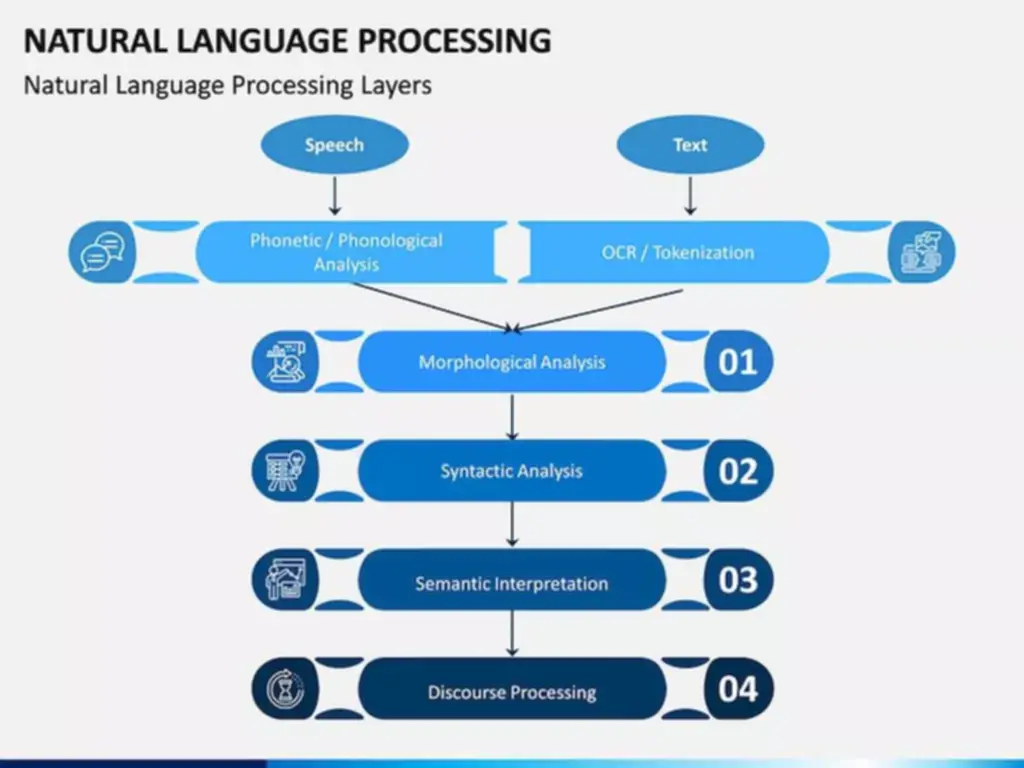As for deployment and supply, as an alternative of getting to manually upload the project to production, everything is dealt with routinely by the pipeline. Unit tests are run to ensure that the project is working as meant, as if there aren’t any errors it’s seamlessly deployed to the person. Continuous Delivery (CD) and Continuous Deployment (CD) are closely ci cd maturity model related but distinct ideas. CD automates the delivery process to the staging or pre-production surroundings, allowing for guide approval earlier than production release. In contrast, Continuous Deployment automates the complete course of, including the release to the production surroundings, with out guide intervention. Continuous Delivery builds upon the inspiration of Continuous Integration (CI).

Do Ios Emulators Have Large Useful Resource Requirements?
CI entails regularly integrating code modifications into a shared repository, followed by automated testing to ensure the code stays functional. Continuous Delivery takes this concept https://www.globalcloudteam.com/ further by extending the automation to the deployment phase. Continuous supply provides code evaluation to pinpoint where improvements can be made.
Monitor Your Entire Utility With

Investing in complete testing improves code quality and offers confidence within the automated deployment process. A well-designed testing strategy minimizes dangers and ensures that only natural language processing high-quality code reaches manufacturing. While CD doesn’t automate deployments to production variations of your software, you’ll be able to nonetheless use the non-production builds for wider user testing feedback. You can deploy these builds to ephemeral environments, dark, beta, or canary launches, and the way public you make them is as much as you, typically these releases are reserved for the most devoted customers. If you want to go additional, then the final step is Continuous deployment (a completely different CD), which fully automates your growth workflow to also deploy the constructed artefacts to manufacturing, and into the arms of customers.
- Continuous delivery is a key a part of a DevOps strategy because it creates a pipeline for developers to produce and commit tiny chunks of distributable code to check environments for fast and automated testing.
- This pipeline typically consists of building, testing, and deployment stages.
- Features include a visible workflow editor permitting you to customise build and deployment processes easily.
- When you add the funding in new expertise on top of the training costs, you begin to see the second hurdle.
- While the code is always prepared for production, the guide approval step offers a further layer of verification, allowing for thorough checks and validation before ultimate deployment.
Steady Supply Vs Continuous Deployment
It supports guide and automatic testing, providing comprehensive solutions for app quality assurance. Kobiton is a mobile testing platform that caters to builders and QA groups who should test their apps on actual gadgets. It allows manual and automatic testing to make sure app quality across completely different gadgets. Sauce Labs is a cloud-based testing platform for developers, QA groups, and testers. It allows groups to carry out automated and guide testing across numerous units and browsers, serving to to ensure application high quality and compatibility.
This combination of steady integration and continuous delivery creates a way more environment friendly and dependable course of for releasing new merchandise as nicely as for releasing new updates and bug fixes to present merchandise. The CI/CD pipeline begins with steady integration, a course of that prepares new code for manufacturing. Continuous integration (CI) allows organizations to add new code to handle issues or add functionality to existing software program merchandise. Updates are a necessary step in any development approach to help the enterprise responsively. With CI pipeline capabilities, individuals or small groups can work on separate code areas, and then bring those items of code collectively asynchronously. CI instruments use automation to make sure a constant and coherent approach because the code moves from growth to the operational setting.
Then your builders can complete a bug fix or function, have it pass testing and review, and deployed straight into the palms of shoppers, doubtlessly in a matter of minutes. You could make this guide deployment everytime you determine, but to learn from steady growth practices, you must look to deploy as regularly as potential. CD can be complicated to implement and keep, and it can increase the risk of issues occurring in manufacturing.
Another concern is that Continuous Deployment may introduce bugs or break the production setting, as there is no handbook checkpoint to review code modifications earlier than they go stay. The worry is that automated processes can’t fully substitute human judgment in identifying issues which may affect the system’s stability. Critics might suggest that extreme automation and infrastructure are required, and never all organizations are ready to implement them. Smaller teams or organizations with less mature improvement processes might really feel overwhelmed by the level of automation wanted to ensure the software version is nice without guide checks. With a well-implemented continuous delivery pipeline, organizations can enhance their time to market and enhance overall efficiency in software program development. This helps them keep aggressive in today’s fast-paced know-how trade.
Shifting left means integrating security and high quality checks early within the software program development lifecycle (SDLC). By incorporating security practices from the preliminary levels of improvement, organizations can establish and remediate vulnerabilities earlier than they reach production. Security testing must be part of the automated pipeline, with instruments for static code analysis, dependency scanning, and runtime safety assessments. Ultimately, the choice to use both steady supply or steady deployment is determined by the organization’s danger tolerance and the sort of software being launched. While both practices goal to improve a staff’s release course of, it is very important fastidiously weigh the pros and cons before implementing one or the other.
Dev groups can quickly assess whether portions of code meet quality standards for release by using automated tests to determine functionality, performance, and security. This process allows developers to offer software program updates to prospects in a secure, well timed, and long-lasting manner. IT teams haven’t got to choose between continuous supply and continuous deployment for high-velocity software releases. Rather, they want to select the best approach for a specific course of at a given time.
The evolutionary, iterative, and incremental fashions offer a dynamic strategy to software program improvement. So, what’s the key to constructing probably the most efficient and effective CD processes? Continuous integration and steady supply are central to DevOps-driven organizations.
You can replicate the manufacturing environment on any machine and reduce the possibilities of variations in environments that was once widespread sources of problems. By repeatedly delivering small, incremental changes somewhat than massive batches, groups are in a position to get feedback and make adjustments as wanted quickly. This additionally allows for more flexibility in responding to customer needs and market adjustments. Automated pipelines are better suited for huge tasks with lots of assets.
Since you might be delivering in smaller chunks, it’s easier to evaluate the code and find bugs early within the course of. Machines are sooner than humans on virtually every degree, due to this fact automation tends to be synonymous with pace. The greatest benefit you’ll find a way to draw from a thought-out pipeline is quicker development and supply times. Companies that try for development and enchancment tread a fantastic line between pace and high quality.
However, till you implement continuous deployment, a manufacturing deployment nonetheless depends on a guide process, so ensure you define a coverage to not create a bottleneck in your continuous workflow. On the trail to a totally automated and steady improvement workflow, Continuous Delivery (CD) is usually the second step after Continuous Integration (CI). During the CI step, you sometimes automate the build and testing of code, each time a team member commits modifications, both to all branches, or particular branches. First extensively coated as a follow by Jez Humble and David Farley but also covered by Martin Fowler of Thoughtworks, Continuous Delivery, engineering teams produce software program in short, discrete cycles. The apply helps groups make positive that they can release software program at any time within the data that their changes are examined and efficiently built.

0 Comment